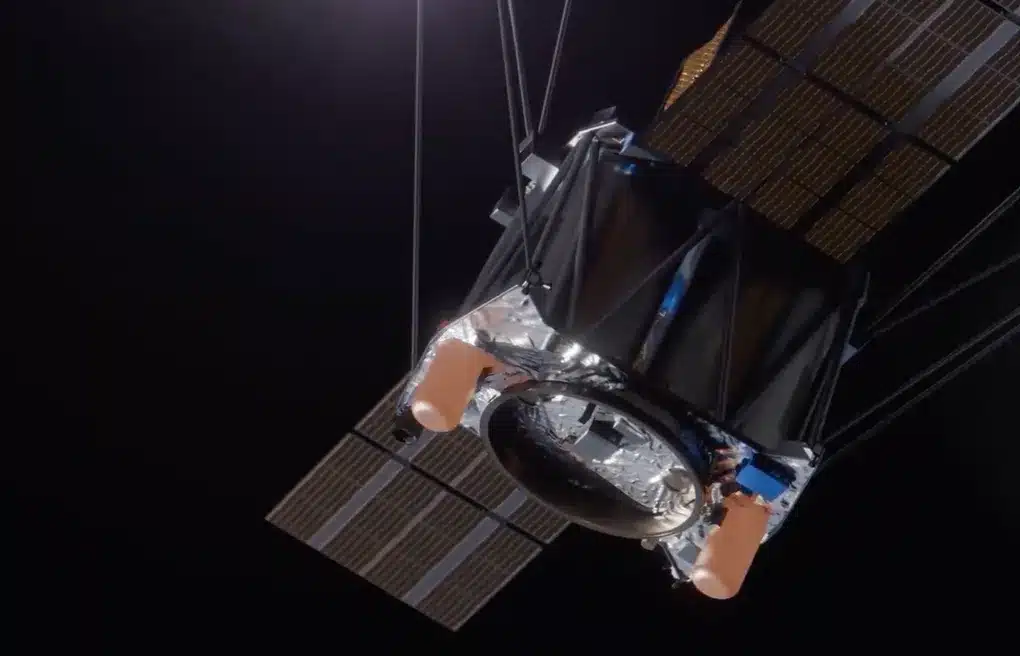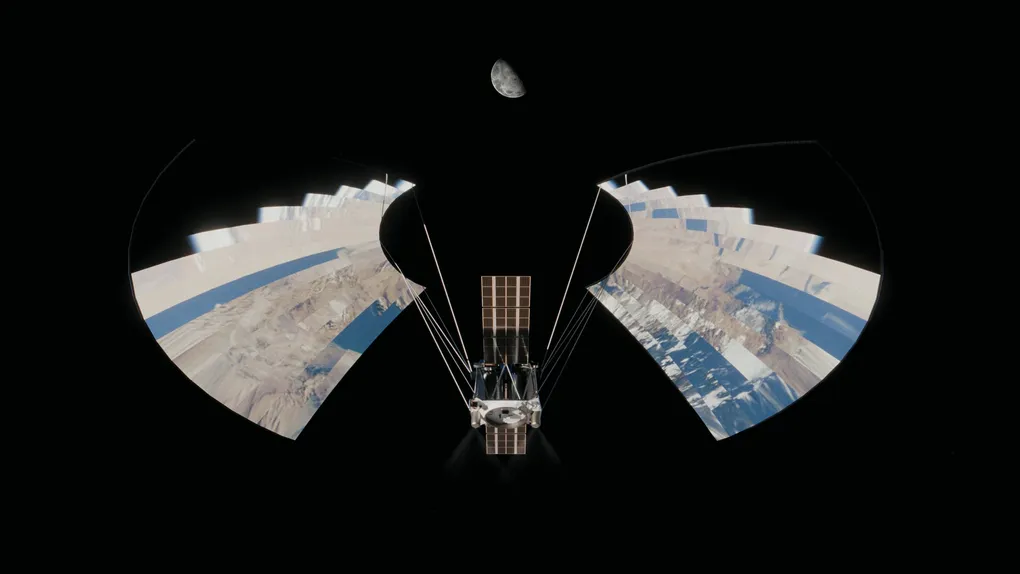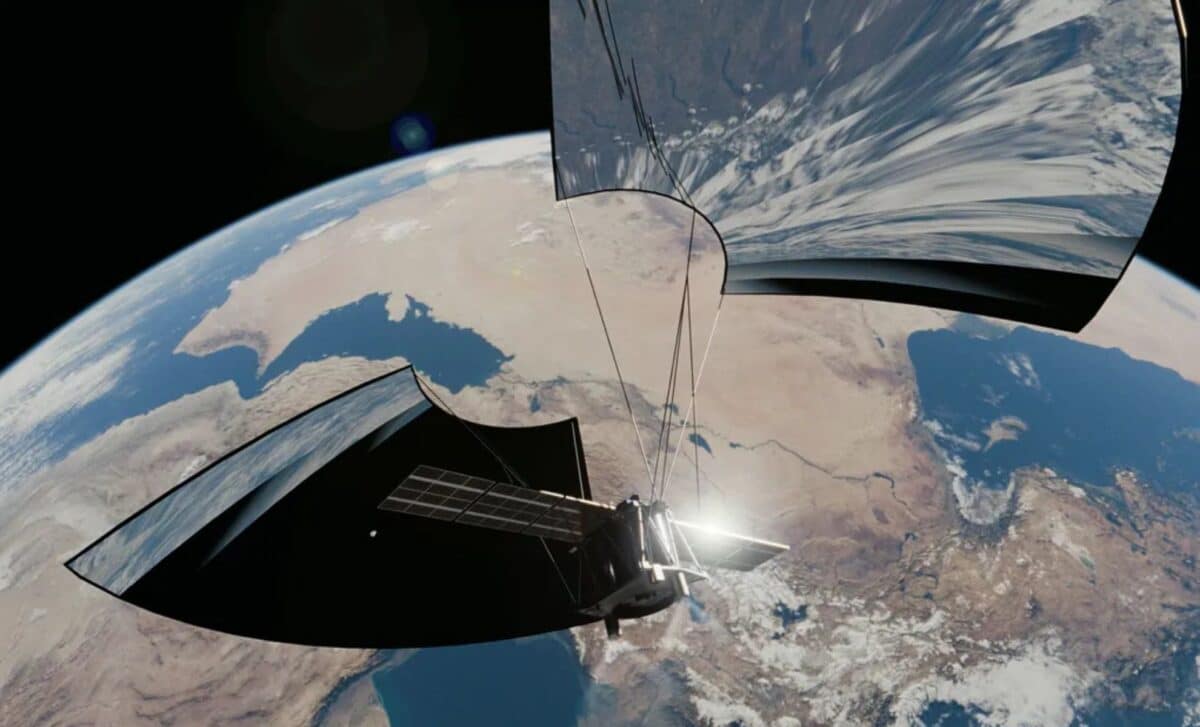Portal Space Systems, a startup out of Bothell, Washington, is aiming to tackle a challenge that’s been plaguing the space industry for years: How to move satellites between orbits without burning through expensive fuel. Their answer? Solar-powered propulsion. This innovation could radically alter the way we think about satellite movement, making it cheaper, more sustainable, and possibly even more efficient.
The idea of using sunlight to propel spacecraft isn’t exactly new, but it has remained largely theoretical for decades, until now. Portal Space is revisiting this old research, taking advantage of advances in technology to develop a practical propulsion system.
Reviving an Old Concept with a New Twist
The core of Portal Space’s technology is based on solar-powered propulsion, a concept that was first explored in the 1980s but never fully realized. According to the company, the technology has been around for a while, but it wasn’t until recently that modern advancements allowed for its actual development. By capturing solar energy and converting it into thrust, spacecraft could move between orbits without relying on traditional, fuel-heavy systems like chemical propulsion.
What’s interesting about this approach is that it’s not just a neat idea; it actually addresses a growing need in these operations. With more satellites being launched and missions becoming increasingly complex, there’s a need for propulsion systems that are both efficient and sustainable. This solar-powered option could provide an almost limitless, clean source of energy that could change how we manage and maneuver satellites.
 Portal Space Systems is developing a spacecraft with solar thermal propulsion and a HEX Thruster, enabling easy orbital movement, as shown in this rendering. Credit: Portal Space Systems
Portal Space Systems is developing a spacecraft with solar thermal propulsion and a HEX Thruster, enabling easy orbital movement, as shown in this rendering. Credit: Portal Space Systems
The Power of 3D Printing in Space Tech
One of the things that really sets Portal Space apart is how they’re taking advantage of 3D printing technology to build their solar propulsion components. Instead of relying on traditional manufacturing methods, the company is creating custom-made parts that help capture and convert sunlight into propulsion. This method makes the entire system more precise, efficient, and importantly, more affordable.
“It’s a huge inflection point,” said CEO Jeff Thornburg, regarding Portal’s recent testing. “This is what the future looks like. We’re bringing it to reality.”
3D printing in space tech is still relatively new, but it’s catching on. It allows for much more flexibility in design, which is crucial when it comes to this type of travel. Portal Space can quickly test and adapt their designs without the need for expensive prototyping.
 Portal Space Systems’ Supernova spacecraft uses mirrors and a HEX Thruster to harness solar energy for thrust. Credit: Portal Space Systems
Portal Space Systems’ Supernova spacecraft uses mirrors and a HEX Thruster to harness solar energy for thrust. Credit: Portal Space Systems
Extending Satellite Lifespans with Solar Power
Traditional chemical propulsion systems rely on limited fuel, meaning once that fuel runs out, the satellite can no longer move. But with solar propulsion, satellites could keep functioning much longer, repositioning as needed, without worrying about running out of fuel. This could significantly reduce the costs of maintaining and replacing satellites over time.
This is especially useful for large satellite constellations — groups of satellites that work together in orbit. These systems require regular adjustments to stay in sync, and without an efficient way to move them, their lifespan can be drastically shortened.
“In space, people generally are very risk averse just because of how expensive it is to launch something,” explained Justin Little, an aeronautics and astronautics professor at the University of Washington. “Are the benefits going to be there that actually make the technology desirable?”

